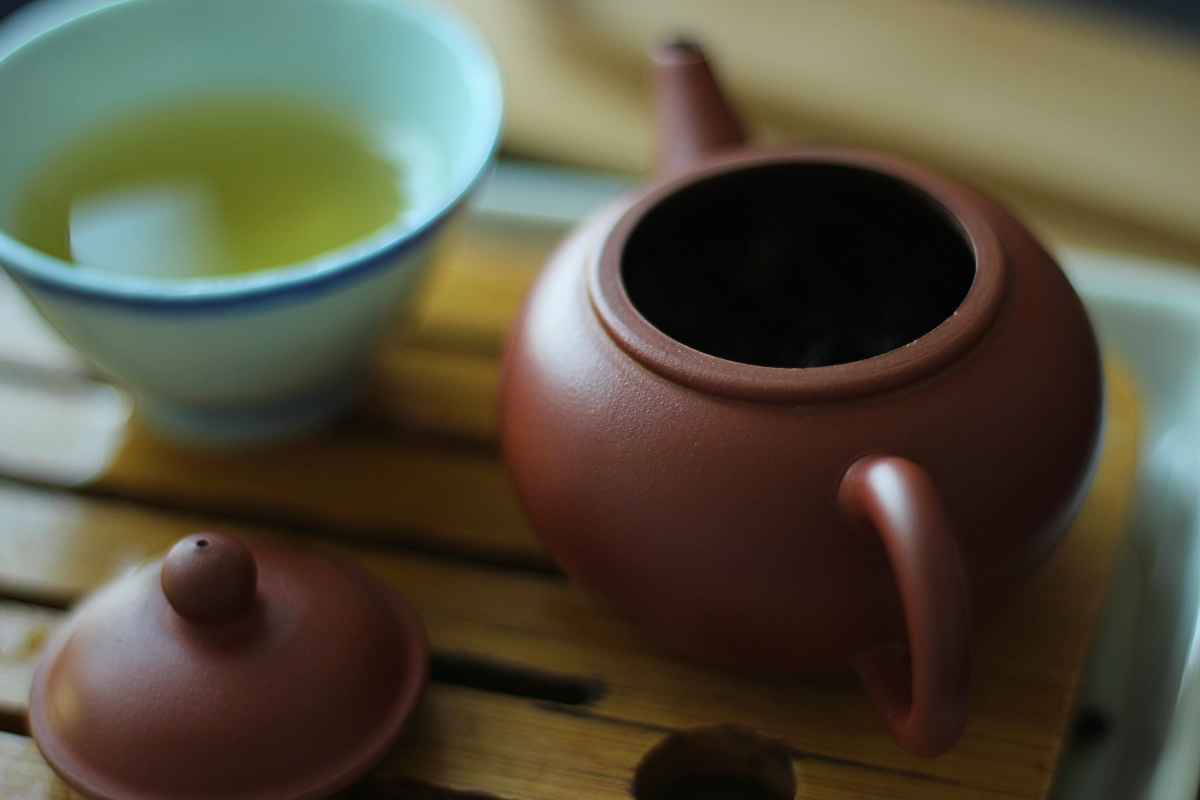White2tea’s tea club of September featured some pretty interesting teas. One of these teas is a Chuan Bai white tea but there is only 7g of it in the package. Just enough for two sessions! Nothing beats a nice white tea and that is why I tried this one out before the other teas of this month.
Don’t know where to buy tea online in Europe? I made a list with over 80 online shops and I keep updating it regularly. You can check it over here.
Chuan Bai
As I said above, there is only a small amount of Chuan Bai included in this month’s tea club. It is, however, a nice bonus to the other black teas. This tea comes from Sichuan province in China, which is usually known for its spicy food and green tea. One thing to keep in mind is that this tea is made from varietals that are usually destined for green tea. I’m curious to see whether you can taste this or not.
The tea consist of leaves and buds. I see some curled and uncurled leaves. It’s mainly tints of green, darker browns and some black here and there. The aroma is really fresh! I’m getting hay and also a spicy kind of sweetness. Spicy notes are subtle but noticeable.
After infusing, I see that it’s definitely a mixture of buds and leaves. The colour is still green with some brown tints as well. The aroma is sweet with a certain depth. It’s a warm kind of sweetness in combination with notes of hay.
Tea Tasting
- Water 90°C
- 3.5g for a 90ml Gaiwan
- 1 rinse
- 6 infusions
Have you considered subscribing to Tea Adventures? You can enter your email address in the sidebar and get updates whenever I publish a new article. You never have to miss an article again by joining our mailing list.
Infusions
Infusion 1 (15 sec): the liquor has a light yellow colour and it’s a subtle infusion. I feel that the aroma has more to it than the taste. Some very subtle notes of hay at the start but these disappear very quickly. There is some sweetness in the aftertaste.
Infusion 2 (20 sec): the colour is darker and the aroma stronger than the previous infusion. The sweetness appears again but it’s more in the picture. The aftertaste is sweet as well. It’s not only a sweetness but there are also some light greener notes.
Infusion 3 (25 sec): now I’m starting to get flavours typical of a white tea. Some sweetness in combination with hay. It also reminds me a bit of fresh nettles.
Infusion 4 (30 sec): the flavours are less intense but the sweetness is still noticeable. It’s a combination of sweetness with some light verdant notes. The aftertaste is more verdant. The sweetness is delicate but really delicious.
Infusion 5 (40 sec): sweetness and notes of hay are very delicate but they are definitely in there somewhere. The verdant notes start to become more prominent.
Infusion 6 (50 sec): the sweetness is still in there but you notice that the flavours are becoming greener. The aftertaste is also a bit green.
Conclusion
This is one of the most interesting teas I’ve tasted recently. You feel that a lot is going on but you really have to dig deep to find it. There is definitely a sweetness and notes of hay present but there are also some verdant notes in there. The earlier infusions are sweeter, while the later infusions are greener and more verdant. You can clearly taste that these leaves are normally used to make green tea. In short, this is a very mysterious tea but unfortunately, I only have 3.5g left…
If you want to be a part of white2tea’s tea club, you can subscribe here.




